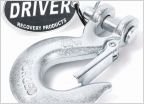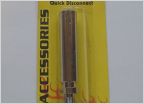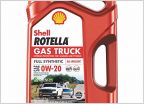-
Welcome to Tacoma World!
You are currently viewing as a guest! To get full-access, you need to register for a FREE account.
As a registered member, you’ll be able to:- Participate in all Tacoma discussion topics
- Communicate privately with other Tacoma owners from around the world
- Post your own photos in our Members Gallery
- Access all special features of the site
Octane at high altitude
Discussion in 'General Automotive' started by soggyBottom, Jun 19, 2023.


 Recovery hook question
Recovery hook question CB Antenna?
CB Antenna? How to: Wiring brake lights to horn prank
How to: Wiring brake lights to horn prank Recommendations for a Cordless Tire Inflator
Recommendations for a Cordless Tire Inflator Where to get a scanguage
Where to get a scanguage New SHELL Rotella 0w20 for Gas Engines
New SHELL Rotella 0w20 for Gas Engines












































































